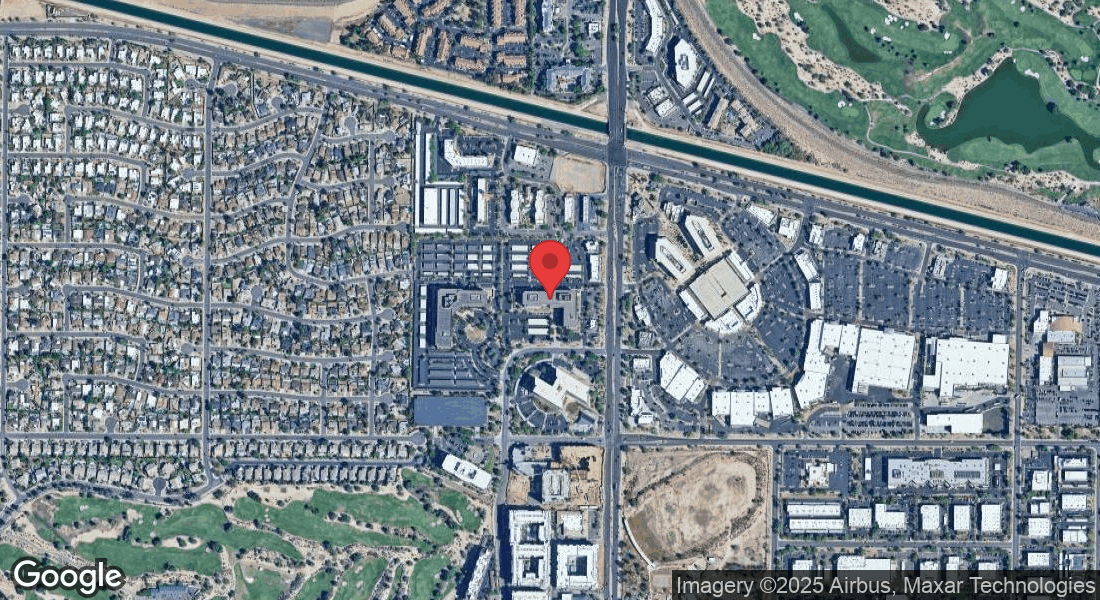Press
Blog

A Guide To The Land Entitlement Process
“A Guide To The Land Entitlement Process” - Maddy Bjugan
What is the Entitlement Process?
Land entitlement is an industry term for the legal processes required for a land developer or other real estate professional to gain approval for a land development plan. Anytime someone wants to alter the way land is used, it must go through this process.
The entitlement process is often complex. It involves several different regulatory agencies as well as the local community, all of whom have their own requirements or regulations for land use.
A land development plan must successfully receive necessary approvals before construction can proceed.
Why You Need to Get Land Entitlements
The land entitlements process is necessary in order to change a piece of land’s use or appearance.
So, as an example, in order to transition raw, rural or agricultural land into a thriving community of homes, you won’t be able to move forward in that process unless you obtain the right approvals to prepare that land for its new purpose.
The process of land entitlement has a significant impact on the value of your property. Typically, raw land is not initially entitled or zoned for its most profitable use. It may also come with physical limitations and unresolved legal matters. On the other hand, fully entitled property has obtained approval from all relevant governmental and regulatory bodies, making it potentially worth twice as much as raw land.
Allied Development specializes in finding raw land with development potential and getting the necessary land entitlements to prepare that land for home builders.
When a property owner chooses to work with Allied Development, you don’t have to handle the entire entitlement process – we do it for you. We’ll take it through all of the necessary entitlements and approvals to prep the property for future residential use.
Examples of Land Entitlements
Land entitlement is a broad term that includes all the various approvals that someone must take a piece of land through before construction can start.
The exact approval requirements for each piece of land will vary depending on location and the governing jurisdiction—city, county, state and other government regulators. Additional factors that might dictate variations in the approval process also includes property size, intended land use, environmental constraints, and others.
Although land entitlement differs, below is a list of some typical steps and approvals you may experience during the process.

Site Plan Approval
A site plan, also called a plot plan, is a drawing of the land that shows all proposed improvements, and any existing elements that will remain.
It basically serves as a blueprint for the land development project, depicting all fundamental components of the complete home construction project. This includes utilities, landscaping, stormwater drains, the houses themselves, easements, emergency vehicle access, and any other essential aspects of the project.
You will typically hire a civil engineer to develop your site plan for you. Once a preliminary plan is ready, you’ll submit it to the appropriate Planning Department at your local county and/or city government.
Site Plan Approval
Zoning laws dictate how a piece of land may be used and sometimes even how the planned development must be designed.
If your piece of raw land is in a zoning district that doesn’t allow residential single-family home construction, you will have to try to obtain approval for rezoning through the local municipality. To learn more about what zoning is and it’s importance, visit our zoning blog here.
This process involves a thorough application, public city council hearings, committee meetings, and other time-consuming processes. It is not a guarantee that a rezoning will be approved, and it can add anywhere between six months to a year to your overall land entitlements process.
Zoning Variances
Some municipalities have less strict zoning requirements, like building height and setback requirements, in addition to their major zoning ordinances.
The waivers are called zoning variances. They’re handled by the local Board of Zoning Adjustments, or simply the Board of Adjustments.
Conditional Use Permits
A conditional use permit is like a zoning variance, but it’s for more major zoning ordinances. This type of permit allows you to ignore certain zoning codes without having to go through the official rezoning process.
Like zoning variances, conditional use permits are also handled by the local Board of Adjustments.
Utility Permits
If your piece of raw land doesn’t have direct access to existing utility lines for water, gas, sewer, power, cable, and internet, you’ll have to get utility approvals that allow you to install the necessary equipment to either a) hook up the property to the local grid, or b) install a well and septic tank.
Either of these options requires permits from the local government.
Extending utility lines to a piece of raw land usually requires you to work with local utility companies.
Road Approvals
Any road construction involved in your development plan will need to be approved. There are a few different types of road approvals.
Whether you have roads as part of the plan within the development, such as neighborhood side streets, or you need to build roads connecting your land to the existing public roads in order to provide vehicle access, these road construction plans must be submitted for approval.
Depending on the expected amount of traffic your development is likely to cause, you may also need to do a traffic impact analysis and pursue approval for that traffic increase as well as the roads you’re building.
Landscaping
Most local governments have landscaping requirements that aim to keep a certain level of aesthetic appeal for the area. If your development plan includes any type of landscaping, you will likely need to get those specific plans approved.
Land Subdivisions
When you’re preparing a piece of raw, vacant land for new home construction by a major home builder, the land needs to be divided into multiple home lots. This is called a subdivision, and your exact plan needs to be approved before development can begin.

With Allied Development, Go Through the Land Entitlement Process with Ease
The land entitlement process isn’t easy. It takes time, effort, and money.
Through our years of experience, we have streamlined the process—managing every twist and turn along the way, to ensure success in the most efficient way. To learn more about Allied's land entitlement process click here.
Land development can often be fraught with hidden surprises. With thorough due diligence practices and a wholistic knowledge of the process, Allied can overcome those obstacles and maximize returns for both landowners and stakeholders alike.
Connect with us here.





